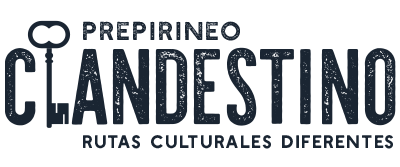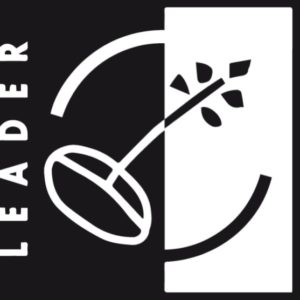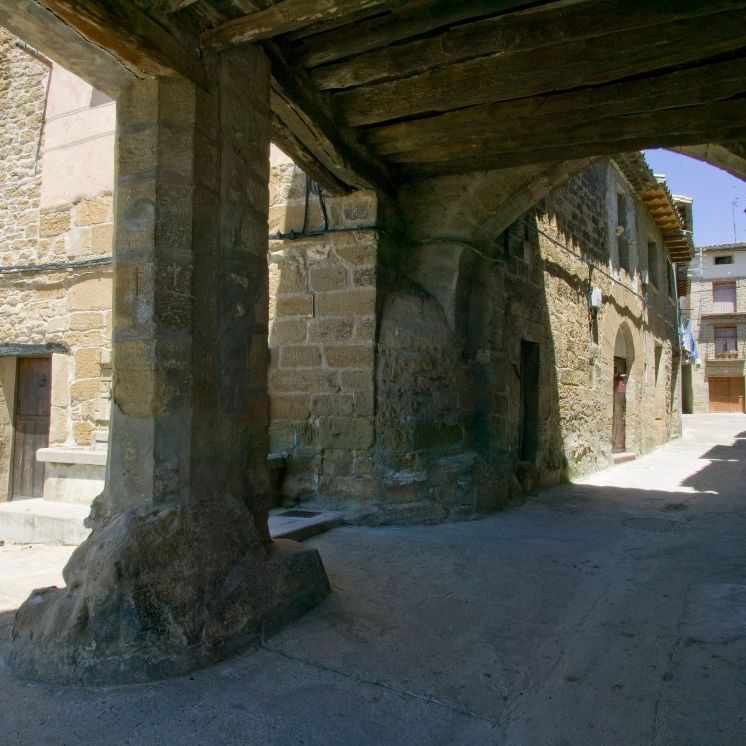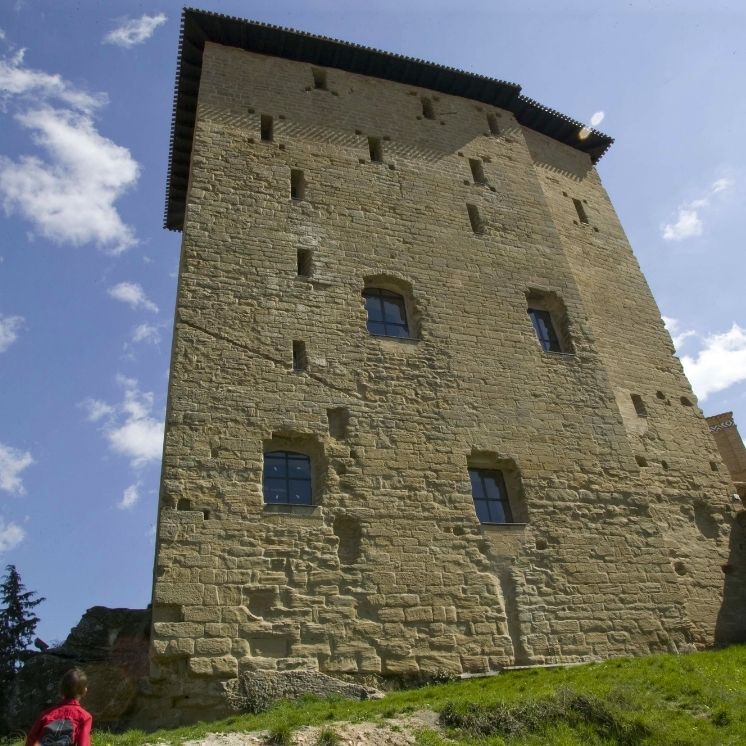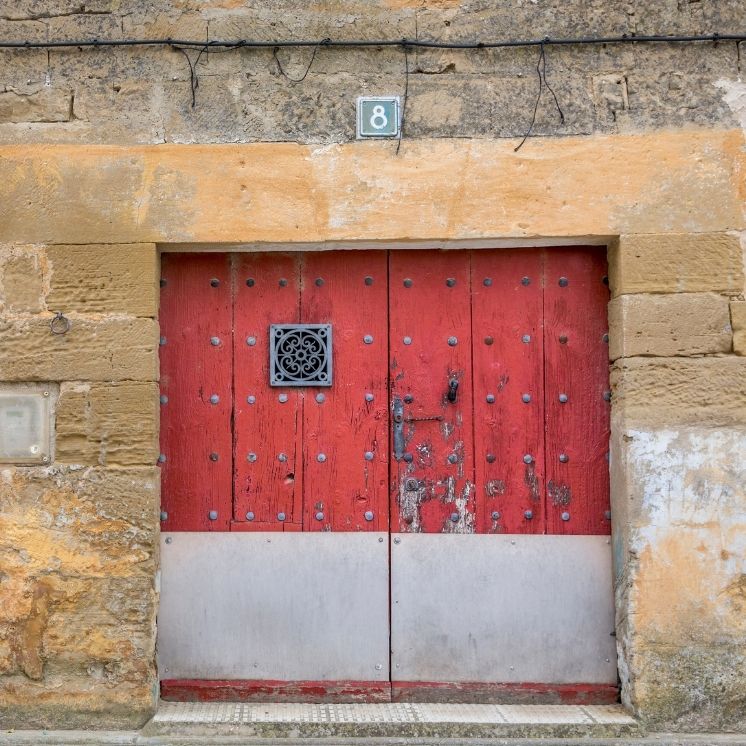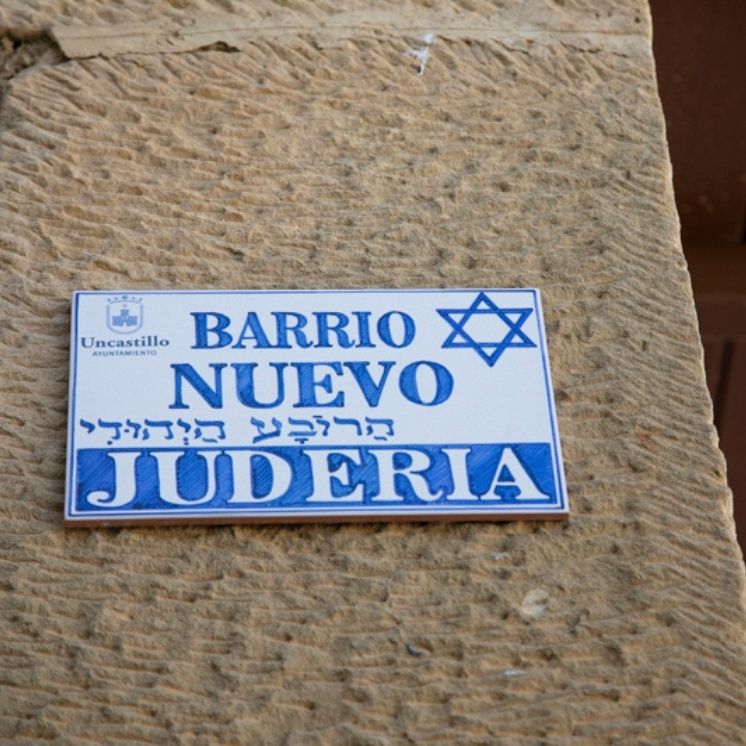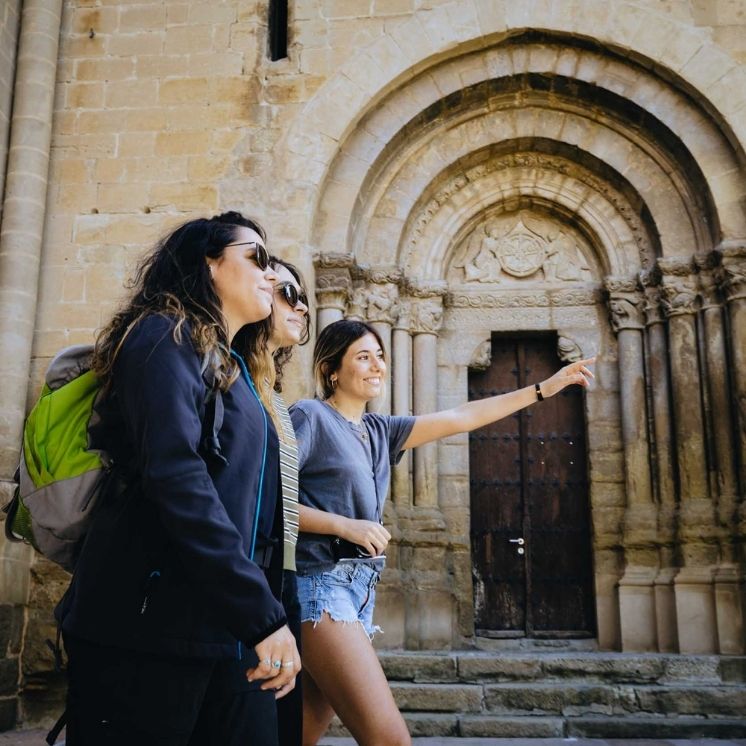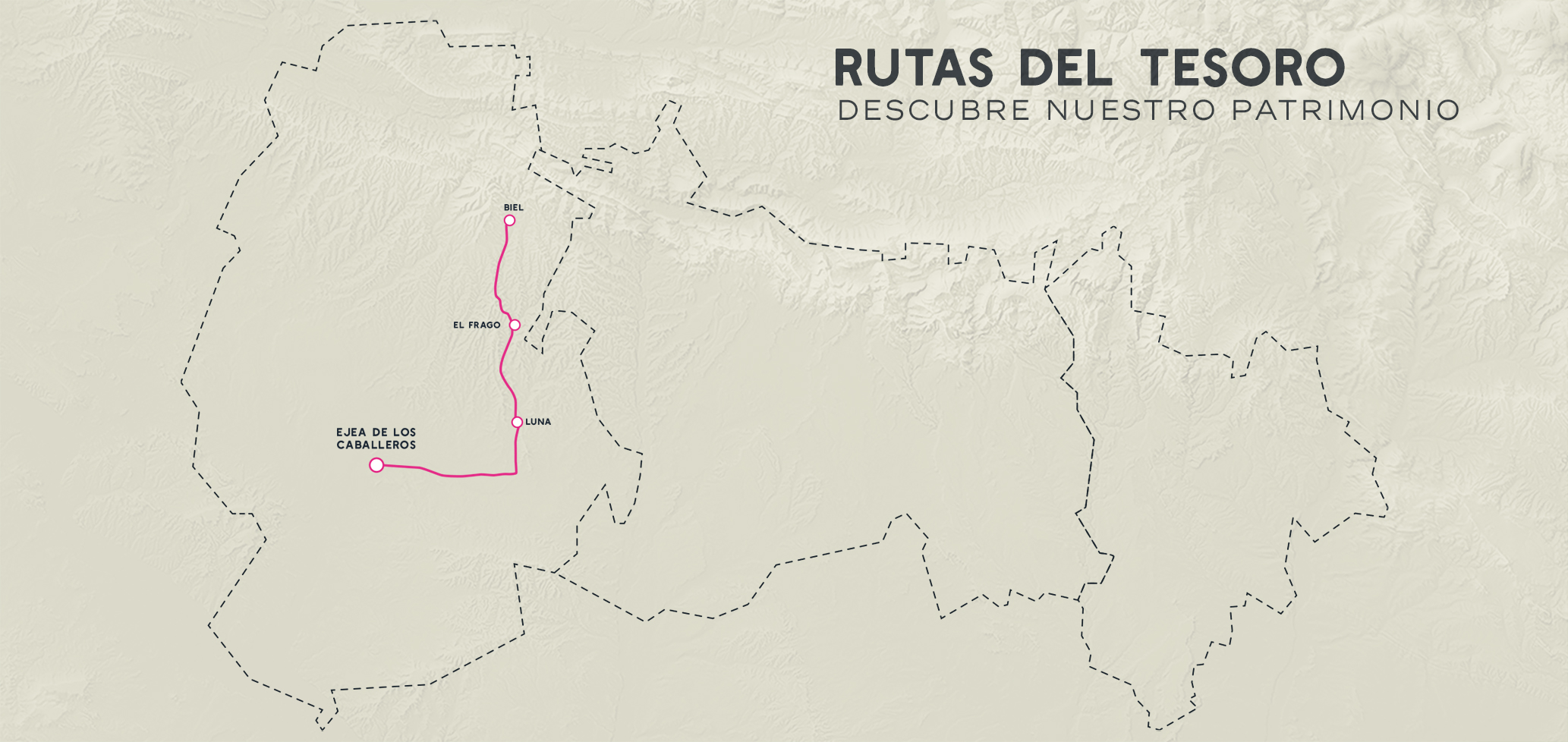SEFARAD
There was a time when the Kingdom of Aragon was a territory shared between three cultures: Islamic, Hebrew, and Christian. Later, the Catholic Kings expelled the Muslims and Jews and made it their business to either erase all traces of their cultures or to turn their buildings into properties owned by the Crown or the Church. Although some of the most emblematic Muslim structures on the Spanish peninsula are still conserved, little remains of the Hebrew culture.
On this route, we shall discover a little more about the medieval “Sefarad” (the traditional Jewish name for the Iberian Peninsula), in the “Cinco Villas” (Five Towns) region. We will visit the streets of Ejea de Los Caballeros, Luna, El Frago, and Biel.
At each of the stops on this page, there is a hidden treasure. To locate it, we provide you with coordinates and a series of helpful hints. We recommend that you download the free application available from https://www.geocaching.com/play, where you find all our geo-located treasures and hints.
THE JEWS IN THE FIVE TOWNS REGION THE JEWS IN THE FIVE TOWNS REGION
There was a time when the Kingdom of Aragon was a territory shared between the three cultures: Islamic, Hebrew, and Christian. Later, the Catholic Kings expelled the Muslims and Jews and made it their business to either erase all traces of their cultures or to turn their buildings into properties owned by the Crown or the Church. Although some of the most emblematic Muslim structures on the Spanish peninsula are still conserved, little remains of the Hebrew culture.
On this route, we shall discover a little more about the medieval “Sefarad” (the traditional Jewish name for the Iberian Peninsula), in the “Five Towns.” We will visit the streets of Ejea de Los Caballeros, Luna, El Frago, and Biel following the clues left by old documents, archaeological remains and even oral tradition.MAP OF THE ROUTES
DOWNLOADABLE MAP AND ROUTE
Ejea de los Caballeros
The Jews settled in Ejea during the reign of Ramiro II. From that moment on, the network of Jewish quarters and families in the five towns began to grow. In Cortes de Maella (1404) there were over 250 people. A third of Ejea’s population was Jewish.
The Jewish quarter was initially located in the Muslim Alcazaba (Citadel), although the community grew so much that by 1271 it had spread to the neighbourhood of Santa Maria de la Corona, around the Plaza del Rufián and to the streets named Portaza, Enmedio, La Puebla and Gramática. Some hypotheses suggest that the old church of San Juan could be the ancient synagogue of Ejea.
If you want to know the whole story, you should go to the Centro Cultural la Espiral (The Spiral Cultural Centre). There you will learn more about the history of the three cultures in the Middle Ages.
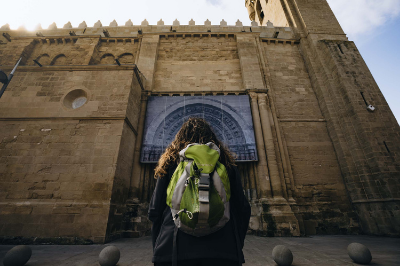
LOCATION
HOURS
THE EJEA TREASURE
LOCATION
HOURS
The Spiral Cultural Centre
Thursday, Friday and Saturday from 10:30 to 13:30 and from 17:00 to 19:30 and on Sundays from 10:30 to 13:30.
THE EJEA TREASURE
COORDINATES
You will find the treasure at the following location:
N 42º 07.703 N – 1º 08.420 W
Hint: Red and Blue
Placed by: Clandestine Pre-Pyrenees
Luna
It seems that the old Luna synagogue was located in what is now known as Casa del Pepo, on Herrerías street, number 5. And there is more than one piece of evidence to show us that it was indeed the synagogue. In this house, there are two entrance doors, which in a synagogue would be one for the men and another smaller one for women. Inside, we find a font from which fresh water gushes – possibly a Mikveh or Mikvah, where the purification baths took place.
You should also visit the House of the Moneylender Orduenya Alfrangí, well known at that time for being the wealthiest person in Luna. Nowadays, tradition tells us that this house was called Casa del Rey or Casa de la Judía Mayor, next to Casa del Pepo.
Another fact to note is that the Jewish quarter was not closed off to the rest of the town as in other locations, which leads us to think that coexistence with the rest of the population was good.
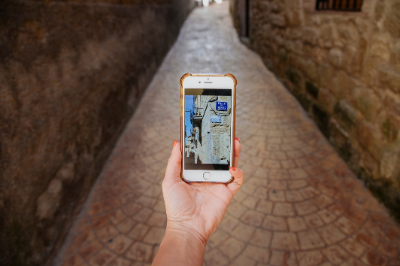
LOCATION
THE LUNA TREASURE
LOCATION
THE LUNA TREASURE
You will find the treasure at the following location:
42°10’03.7 “N 0 ° 55’51.6” W
Hint: To the left of the arch.
Placed by: Clandestine Pre-Pyrenees
El Frago
Wow! How did that tombstone get there? It is the headstone of Rabbi Yom Tob in the main street. Under a window, there is a large stone (ashlar) with an epitaph dating back to the Jewish cemetery. Did you spot it?
There is currently an Interpretation Centre in El Frago that bears his name, Rabí Yom Tob. In this centre we find the most important collection of Hebrew epigraphs in Aragon. Most of the exhibits come from the Jewish cemetery. At the Centre, we can learn about the cultural and natural heritage of this town and its Hebrew past.
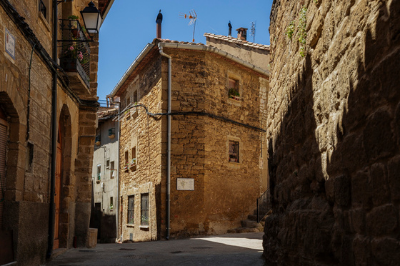
LOCATION
HOURS
TREASURE OF EL FRAGO
LOCATION
HOURS
INTERPRETATION CENTER “SALA RABÍ YOM TOB”
To make an appointment, phone:
+34 976689412 / 648291899
TREASURE OF EL FRAGO
COORDINATES
You will find the treasure at the following location:
N 42°16.335 W 000° 55.898
Hint: Look for a white façade.
Placed by: Clandestine Pre-Pyrenees
Biel
Biel’s Jewish quarter was located around what is called Barrio Verde Street, which, since the 14th century, was originally known as Synagogue Street. Biel’s synagogue was located on this street, in the Casa de la Pelegrina (House of the Pilgrim woman). Traditionally the Christian processions that are held in Biel do not pass through Barrio Verde Street since they could not pass in front of the “church of the Jews.”
The Hebrew population of Biel grew significantly, amounting to half the total population. They arrived in the 11th century, but it was between 1274 and 1294 that they began to organize as a community.
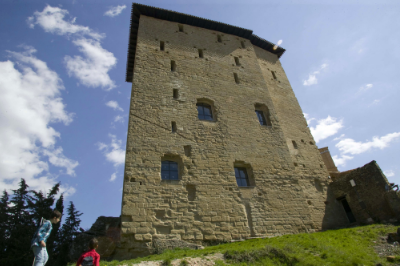
LOCATION
THE BIEL TREASURE
LOCATION
THE BIEL TREASURE
COORDINATES
You will find the treasure at the following location:
N 42 ° 23.295 W 000° 56.155
Hint: Come closer to the panel of the Jewish Quarter; you will be surprised.
Placed by: Clandestine Pre-Pyrenees
